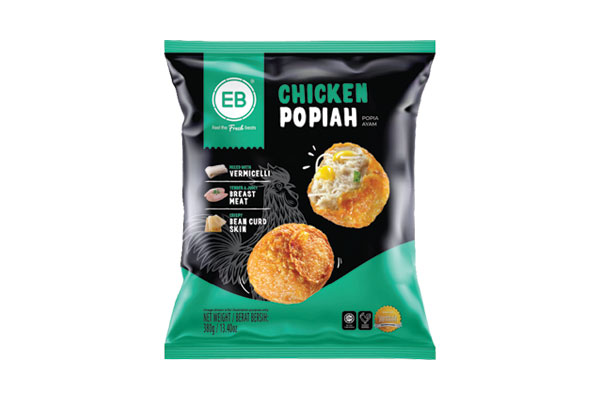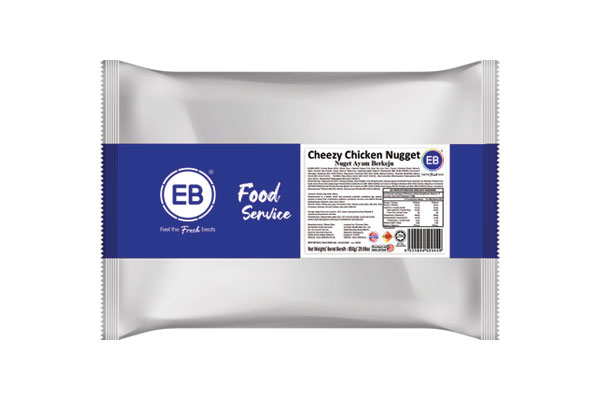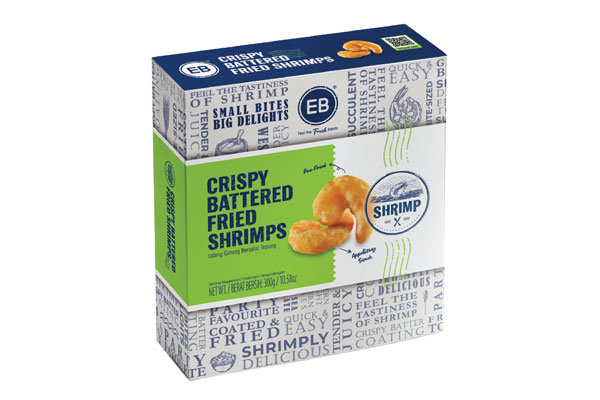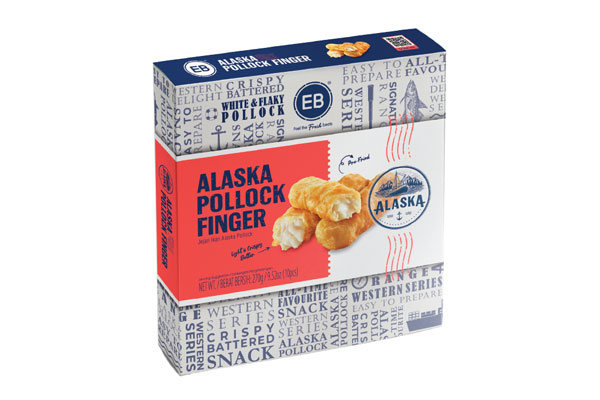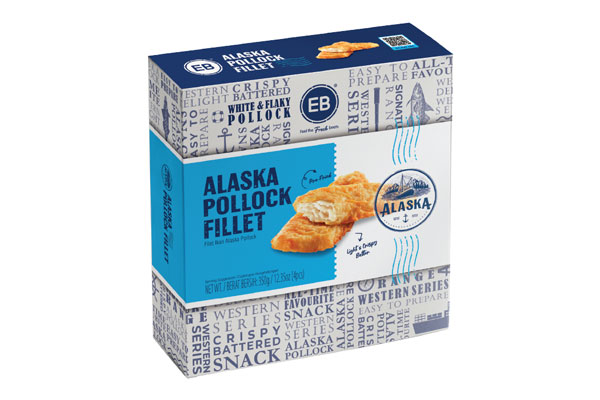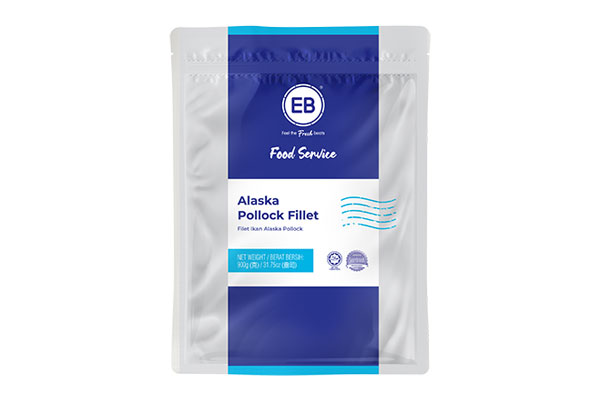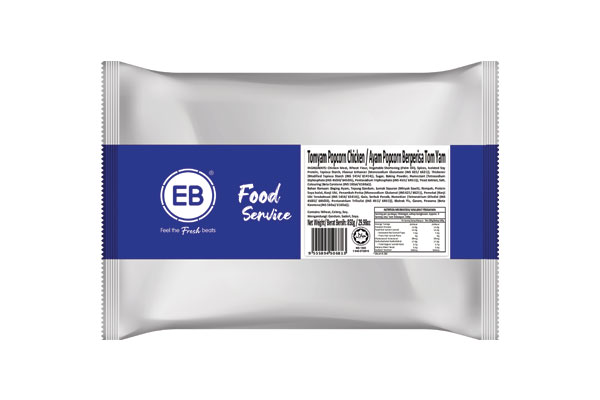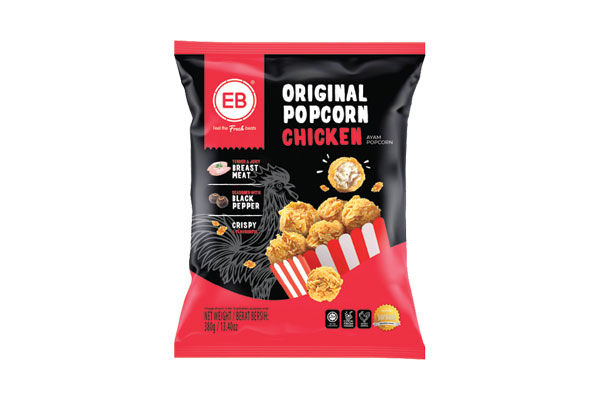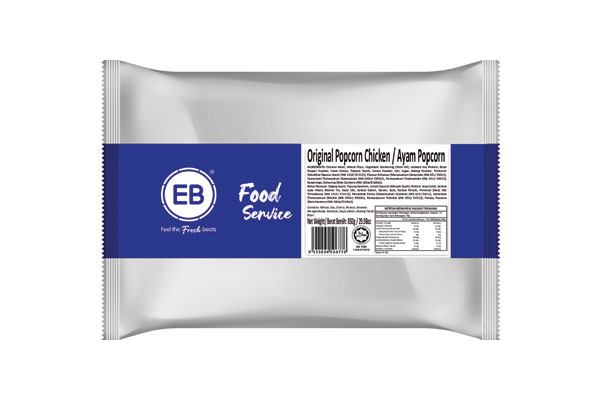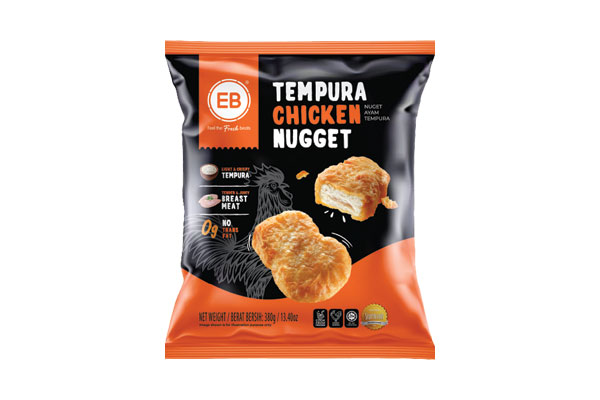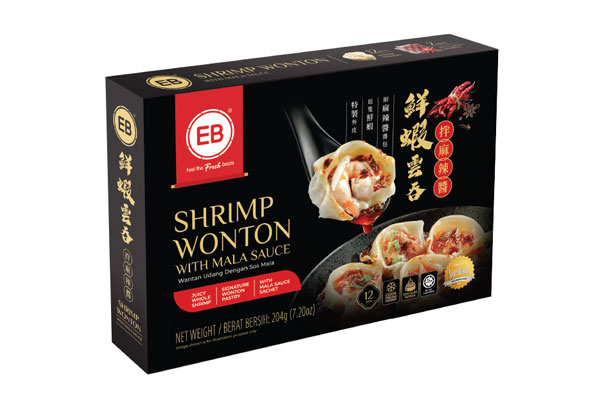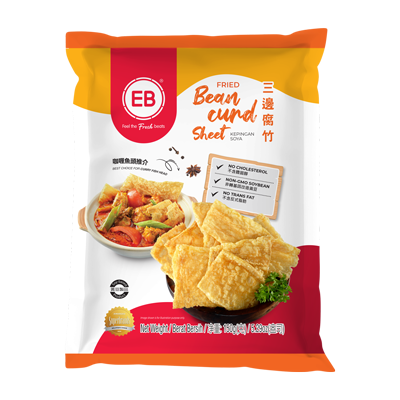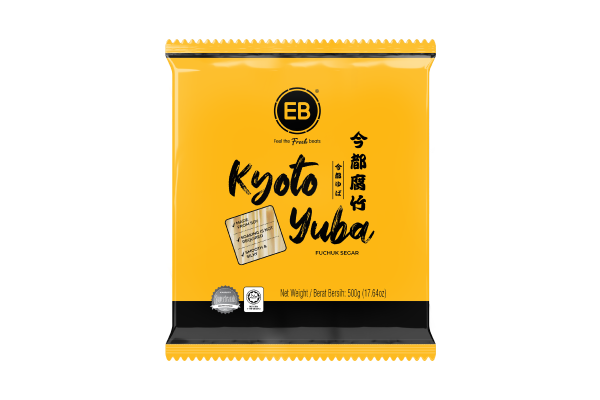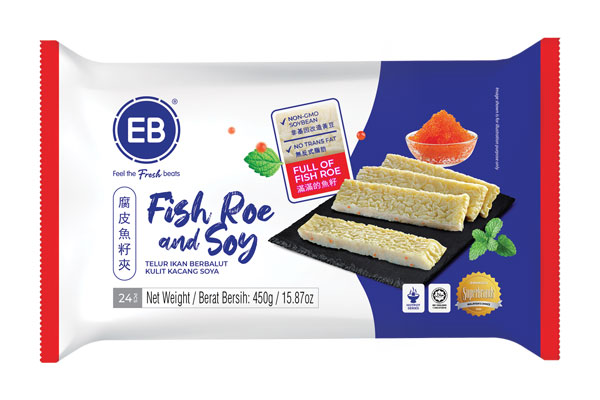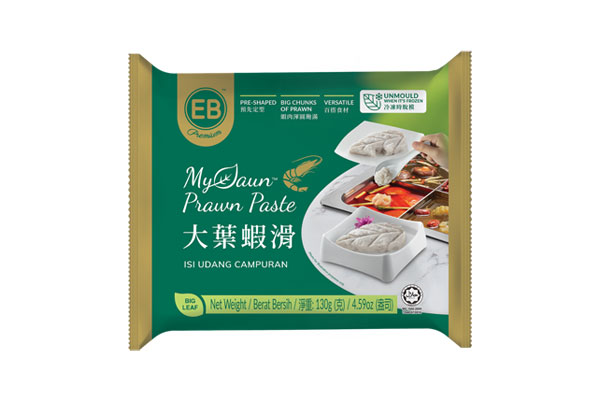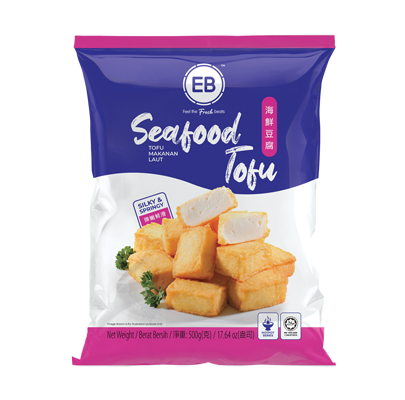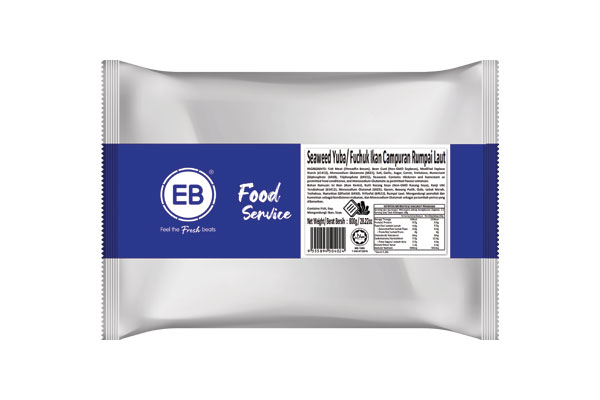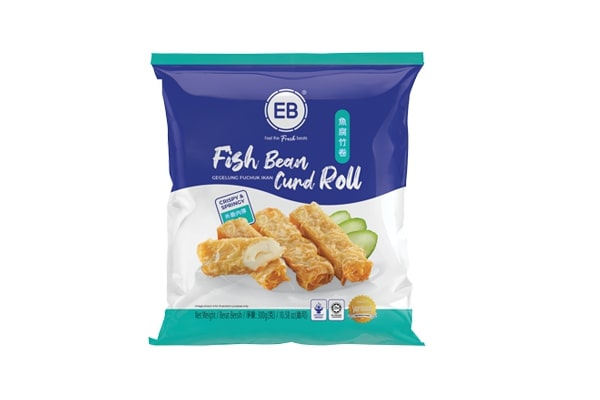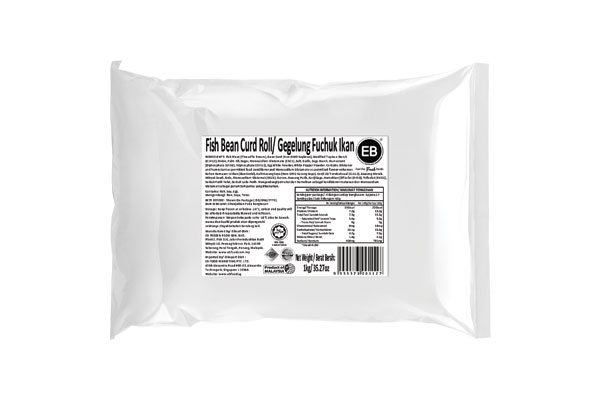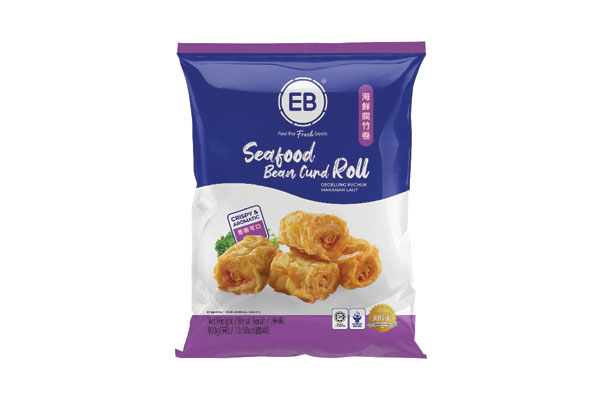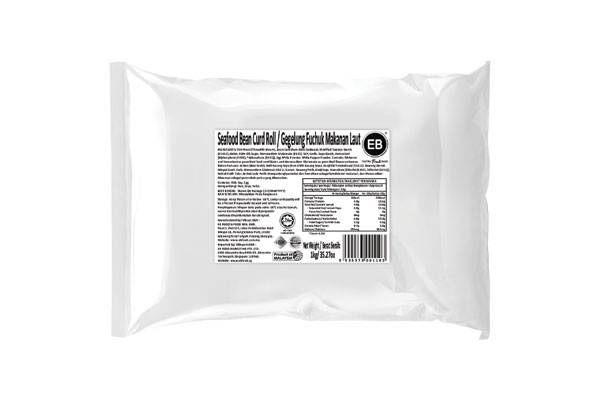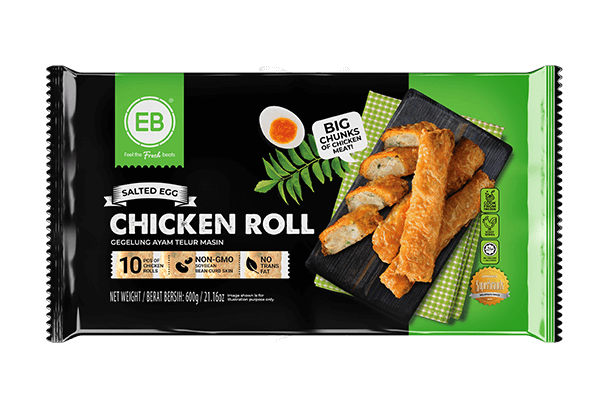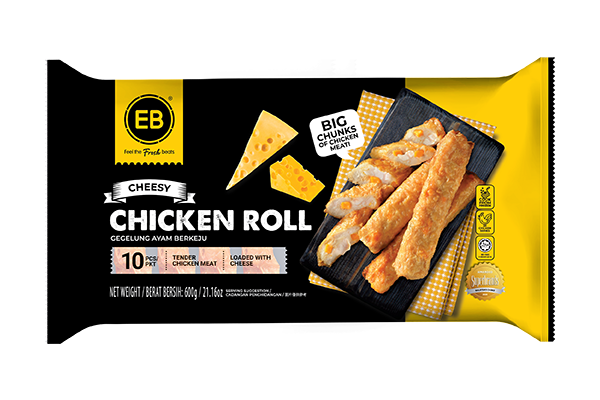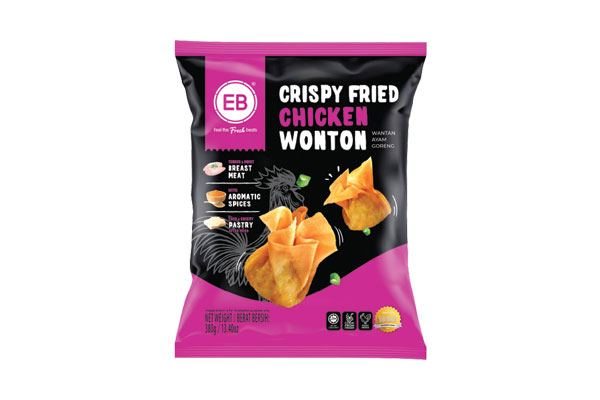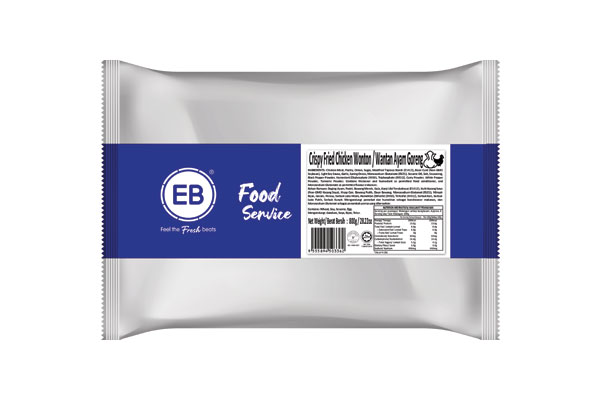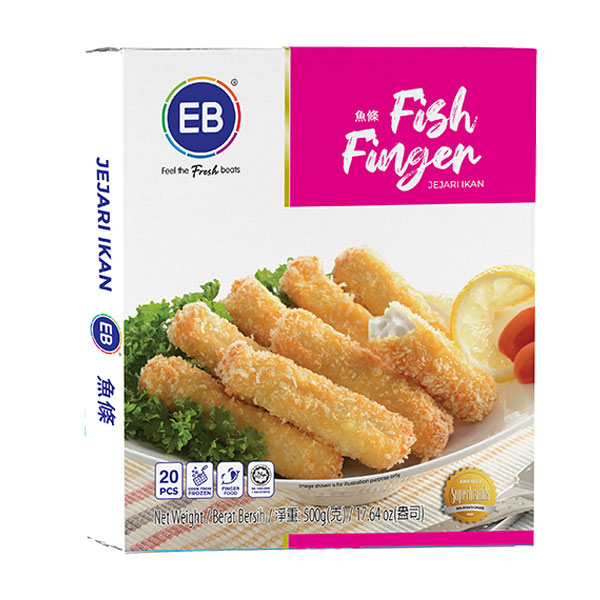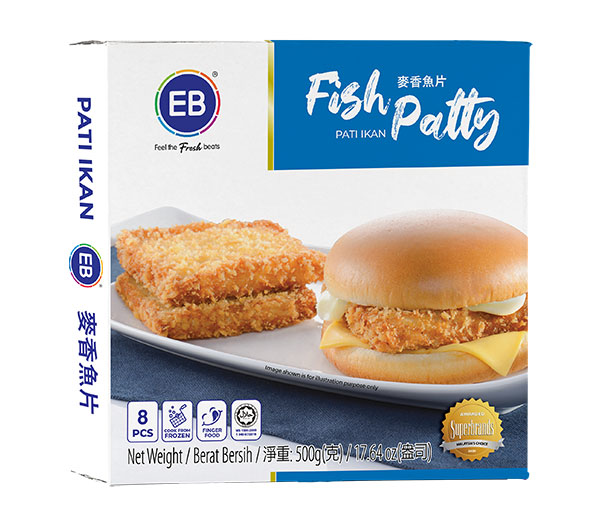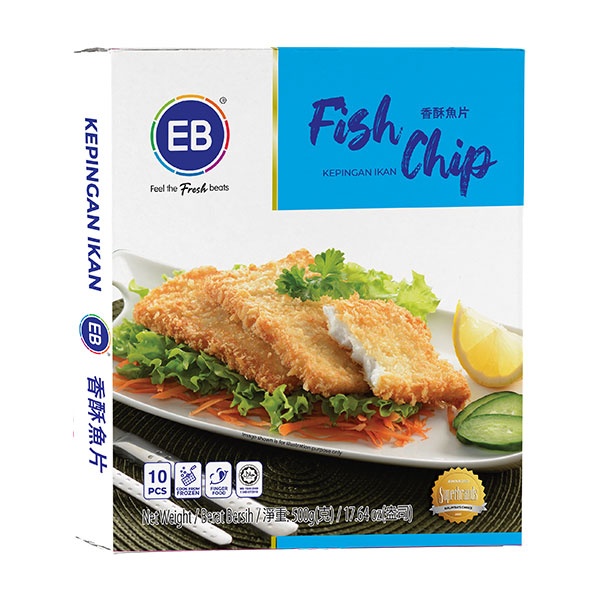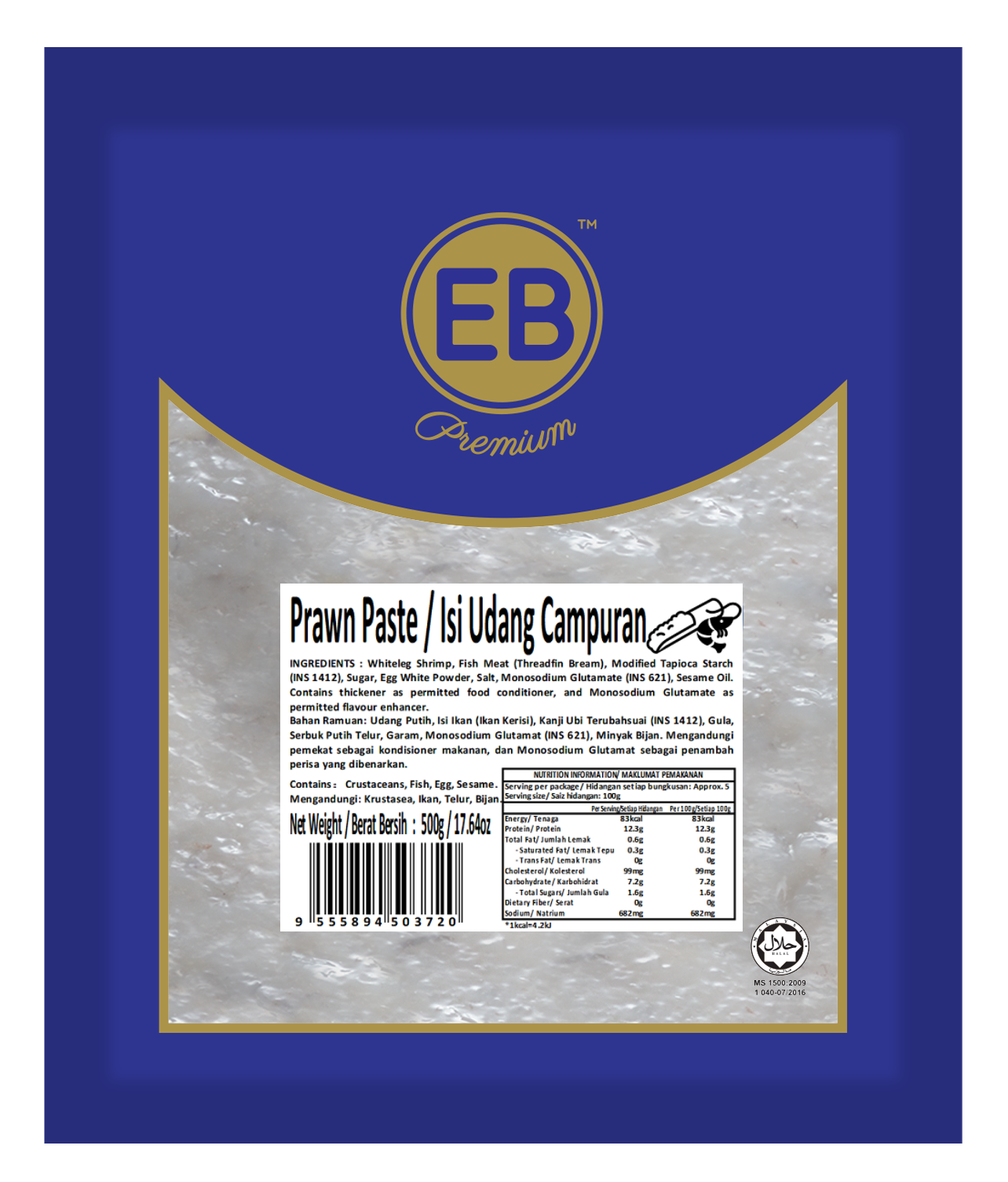
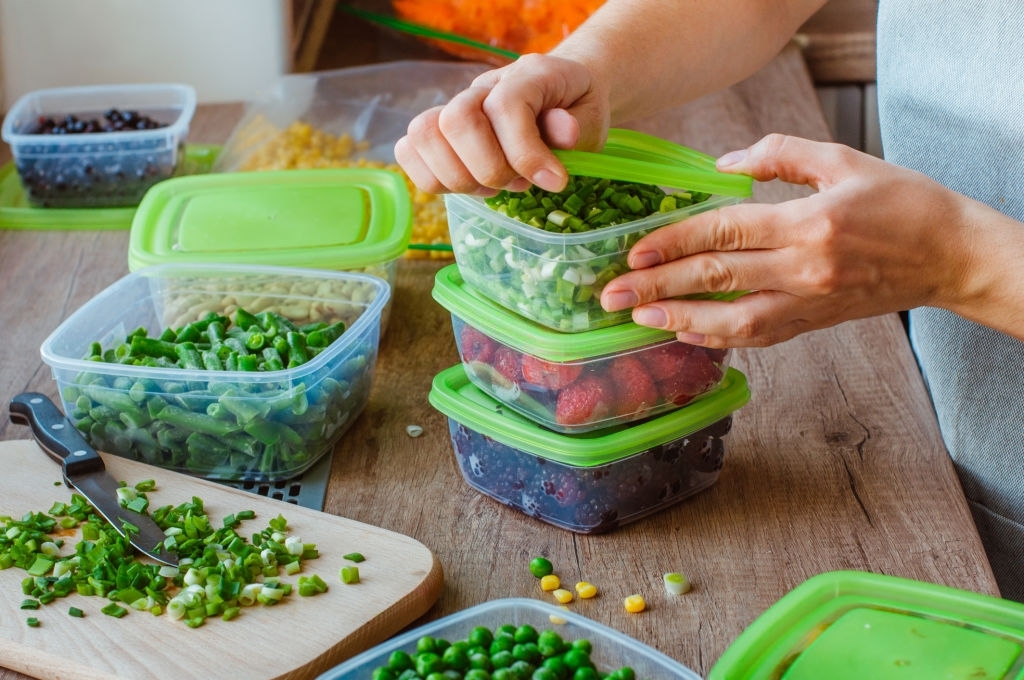
Meal prepping saves time, is more efficient, and reduces the temptation to deviate from your meal plan, whether you are on a diet or budget. It enables you to enjoy home-cooked meals without hassle each time you want to have a good meal, especially when cooking every day isn’t an option. When it comes to meal prepping, it’s a good idea to fill your pantry or freezer with staple foods such as EB Frozen Food like prawn paste, fried wontons, crab stick roll, fish strips and more.
Here’s your beginner’s guide to meal prepping. Read on to find out.
Depending on your schedule, the type of meals you like to prepare in advance, and your cooking style, one or more of these meal-prep methods may work best for you.
Complete meals: Cooking complete meals ahead of time and reheating them at mealtimes (such as a pot of soup) provides a quick fix if you have limited time to prepare meals during the week.
Batch cooking/freezing: Batch cooking is dividing and freezing a meal into several batches for future meals. For instance, you could double a soup recipe or cook extra rice to freeze and use in the next couple of weeks or months.
Individually portioned meals: Preparing foods and portioning them into individual servings is an excellent choice for individuals with specific health goals or who like the convenience of grab-and-go meals. Salads in jars and overnight oats in single-serving containers come to mind.
Ready-to-cook ingredients: If you prefer to prepare meals just before serving, prepping ingredients ahead of time saves time in the kitchen, which is particularly helpful on a busy workday. For instance, you chop onions, peppers and chilli and keep them beforehand.
After deciding which type of meal prep you will benefit from the most, make a plan to help you stay organized. Keep the following in mind as you plan your meals and preparations:
Choose a meal: If you wish to improve the efficiency of your morning routine, making smoothie packs will save you time in the morning. Also, make meals that you can quickly reheat if you don’t have time to prepare throughout the week due to a busy schedule.
Reliable recipes: Stick to tried-and-true recipes while planning and preparing your meal, with one or two new ones thrown in for variety. Keeping things simple will save you time.
A pot of brown rice, a couple of golden fish strips or chicken rolls, and a tray of roasted vegetables may be used to create anything from rice bowls to fried rice to salads if you’re short for ideas.
Plan your preparations: Setting aside some time for actual preparation is essential. Make a realistic prep plan and consider dinner preparation on the same day you go food shopping.
It’s time to create a grocery list now that you’ve settled on a meal. However, before you rush to the store, check around your kitchen.
To make meal planning simpler, stock your pantry with a variety of essential items like dried herbs and spice blends, as well as shelf-stable healthy grains like brown rice and quinoa. Low-sodium canned beans and broth, fridge staples like eggs and precooked chicken sausage, and a few frozen chicken snacks (like chicken rolls and crispy chicken wontons) can quickly transform prepared ingredients into meals.
Make a more detailed shopping list: You can browse the grocery store with a list organized by department. Keep note of the items you use every week, such as olive oil, onions, and rice, and add them to your shopping list as required.
Make sure you have enough containers: Depending on your week’s plans, you’ll need a range of storage containers, including glass and plastic containers with lids, as well as zip-top storage and freezer bags.
Make the most of your time by beginning with the dishes that will take the longest to prepare. Prepare the first-to-cook ingredients and preheat the oven. For grains that need longer to cook, such as farro or brown rice, bring water to a boil.
Prepare the onions for both recipes at the same time and divide them as needed if the same ingredient is used in both, such as chopped onions. To prevent having to wash your cutting board between operations, cut food that will be consumed raw first, then stuff that will be cooked. Always use a clean cutting board and utensils after preparing raw proteins like meat or poultry.
If cut veggies like onions and peppers are stored in sealed containers, they may be maintained in the refrigerator for two to three days. For example, chopped carrots and winter squash will keep for at least four days. Greens and lettuce may be stored in the refrigerator for a week after being washed, dried, and refrigerated. Vegetables, cereals, meat, poultry, fish, or egg dishes should be eaten within three to four days after preparation and warmed to 165°F before serving.
If done correctly, soups, chilis, casseroles, and cooked grains may be frozen for future meals. During those crazy busy weeks, there’s nothing more gratifying than pulling a ready-to-reheat meal from the freezer!
Allow soups and cooked grains to cool to room temperature (within 2 hours) before storing them in quart-size plastic containers or zip-top freezer bags.
Allow for expansion when the food freezes by leaving an inch at the top of the containers. Label and date containers to remind you to eat frozen foods within three to six months. Reheat to a cooking temperature of 165°F when ready to serve.
You’ll discover a meal prepping method that works best for you with a bit of practice as a beginner. Whether you’re preparing ingredients for a single meal, packing work lunches for the week, or creating a double batch of chilli to freeze for next month, meal preparation always pays off if you have staple ingredients always available. So get started now and get all you need from your frozen food supplier! For more information, feel free to get in touch with us.
